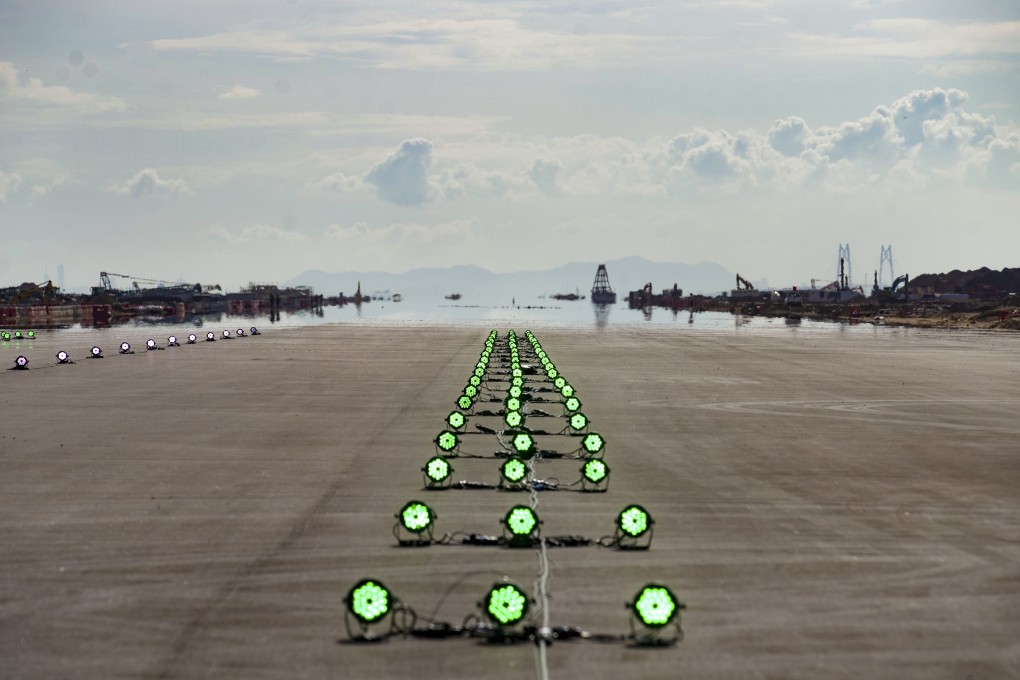Advertisement
Opinion | How Hong Kong’s third runway reclamation success can aid the city’s housing effort
- The use of deep cement mixing technology helps avoid releasing large amounts of sediment and reduces the need for polluting marine traffic, easing environmental concerns
- Future reclamation works can benefit as it provides a good alternative to lengthy land resumption
Reading Time:4 minutes
Why you can trust SCMP
0

The Airport Authority announced the completion of tarmac works on the third runway at Hong Kong International Airport last month. This large-scale reclamation project involved 650 hectares of land but only took five years, highlighting the efficiency of reclamation as a land development option.
Not only does the three-runway system strengthen Hong Kong’s status as a leading aviation hub, it has also boosted the Lantau Tomorrow Vision, which has been criticised over the large scale of reclamation. So, what can we learn from the success of the runway project?
The whole scheme covers many aspects, including reclamation of land equivalent to more than twice the size of Cheung Chau Island and the construction of the third runway. Construction work began in 2016 and, after five years, reclamation is almost complete.
The 3.8km runway finished pavement works in September and is expected to go into use next year, with the entire runway project expected to be finished in 2024. With a fully operational third runway, the airport is expected to be able to handle around 100 million passengers, 9 million tonnes of cargo and 600,000 flight movements yearly by 2030.
While the pandemic has dealt a big blow to the aviation industry, the path to recovery for the sector is in sight. According to a recent forecast by the International Air Transport Association, airlines across all regions will see sharply lower losses next year as international travel demand surges and vaccination rates climb.
For Hong Kong, while the airport recorded a large drop in passenger traffic, cargo volumes remain comparable to pre-Covid-19 levels.
Advertisement



